The Effects of ECB Unconventional Policies on Asset Prices: A Report
VerifiedAdded on 2022/11/18
|5
|598
|132
Report
AI Summary
This report investigates the effects of the European Central Bank's (ECB) unconventional monetary policies, particularly the "Outright Monetary Transactions" (OMT) program, on asset prices. The study employs an event study methodology to analyze the impact of the OMT announcement and related policy speeches during the 2012 European crisis. The analysis focuses on the context surrounding the OMT, including the economic situation before the announcement, and examines the methodology, dataset, and results of the event study. The report aims to determine whether the ECB's policies successfully influenced asset prices, considering factors such as the crisis context, policy implementation, and the effectiveness of the OMT program in stabilizing financial markets. The report concludes by summarizing the findings and interpreting the results in the context of the European financial landscape.
1 out of 5
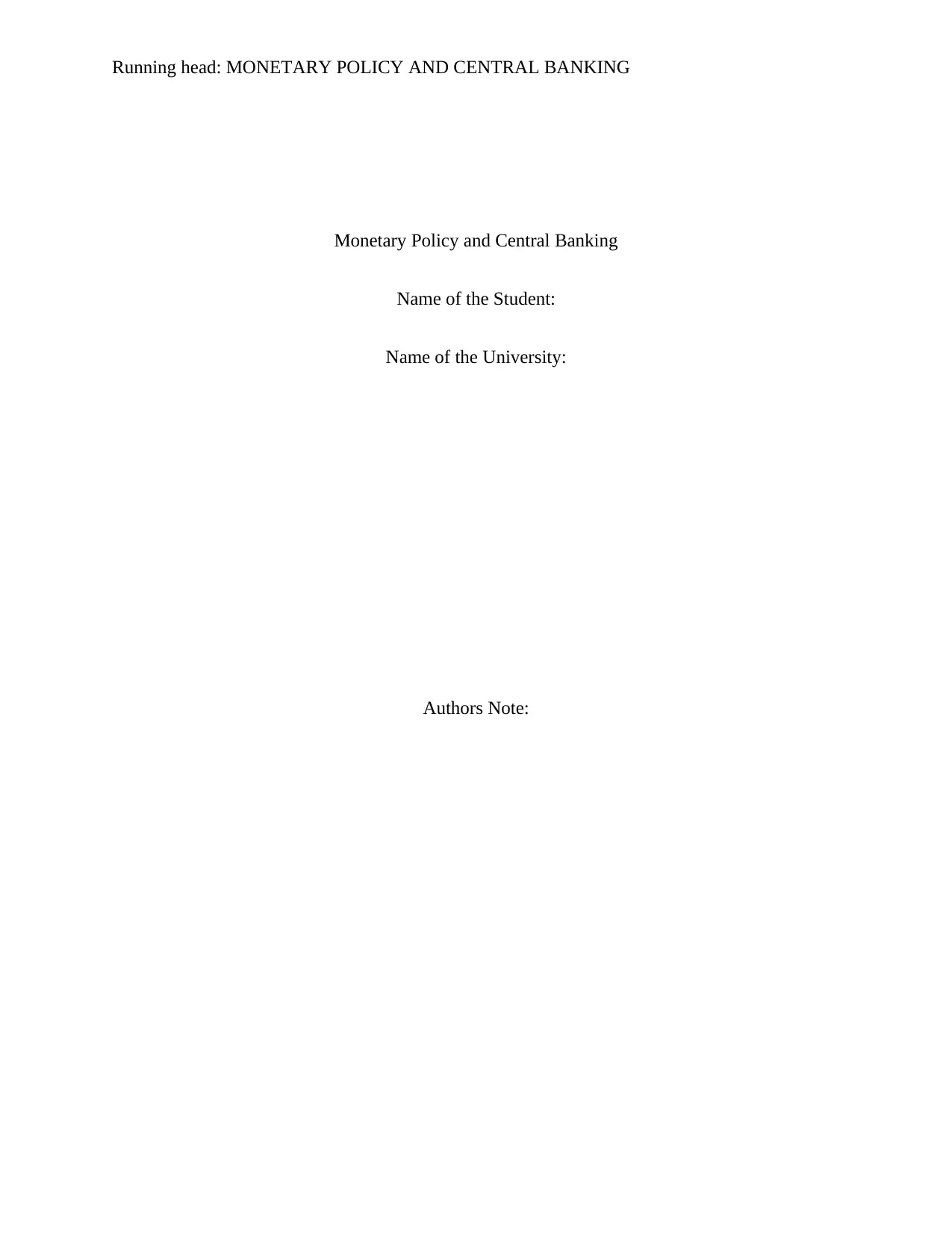
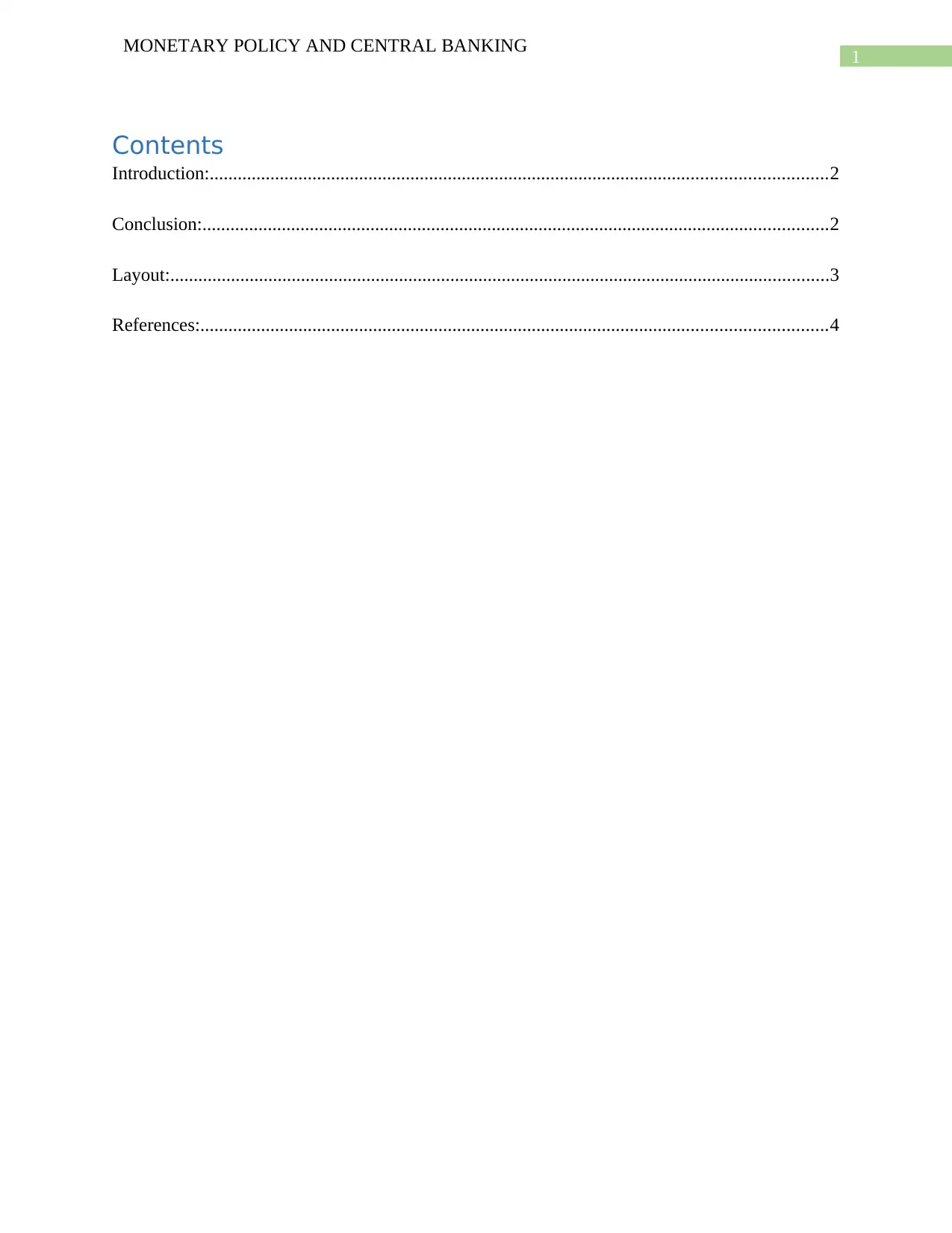
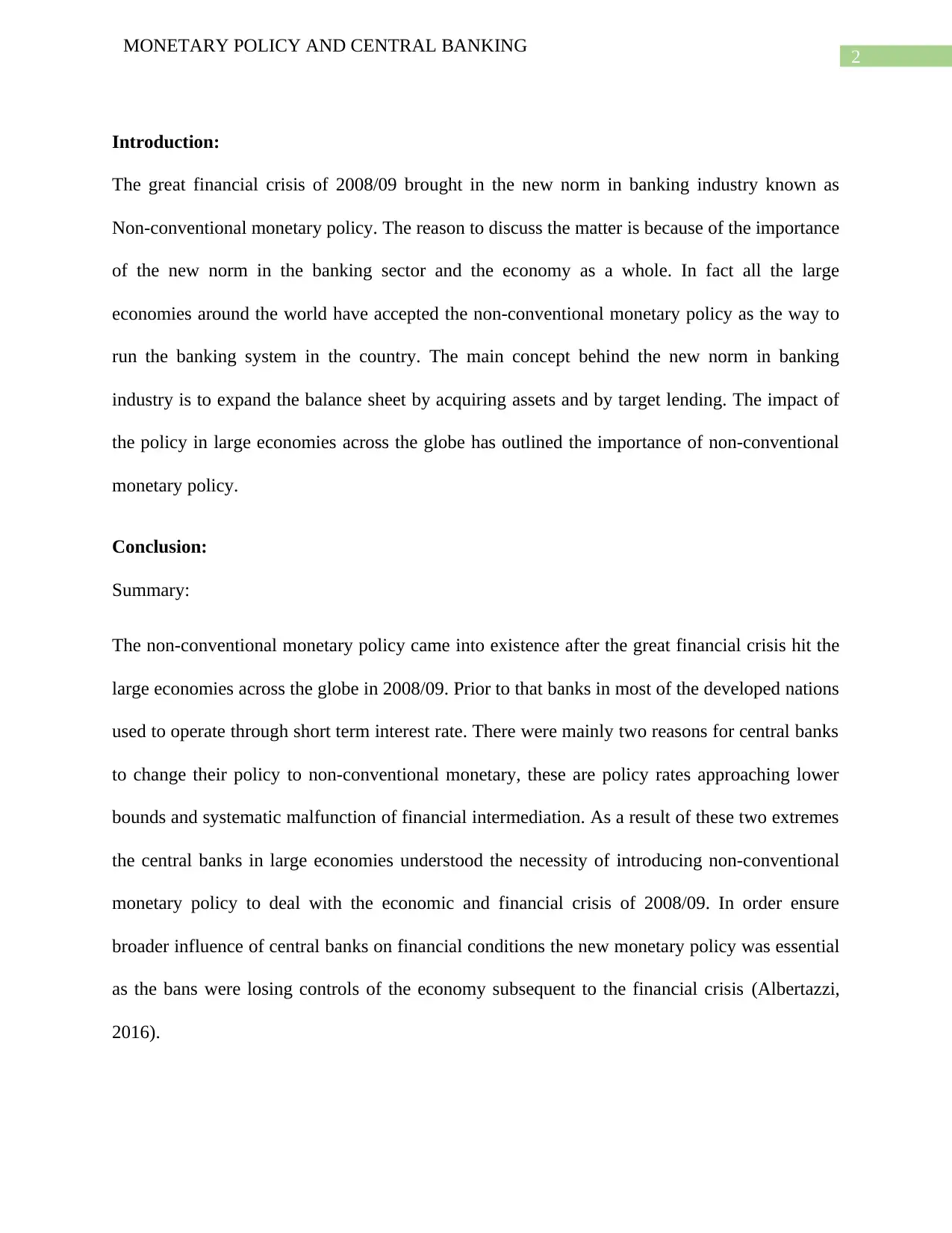

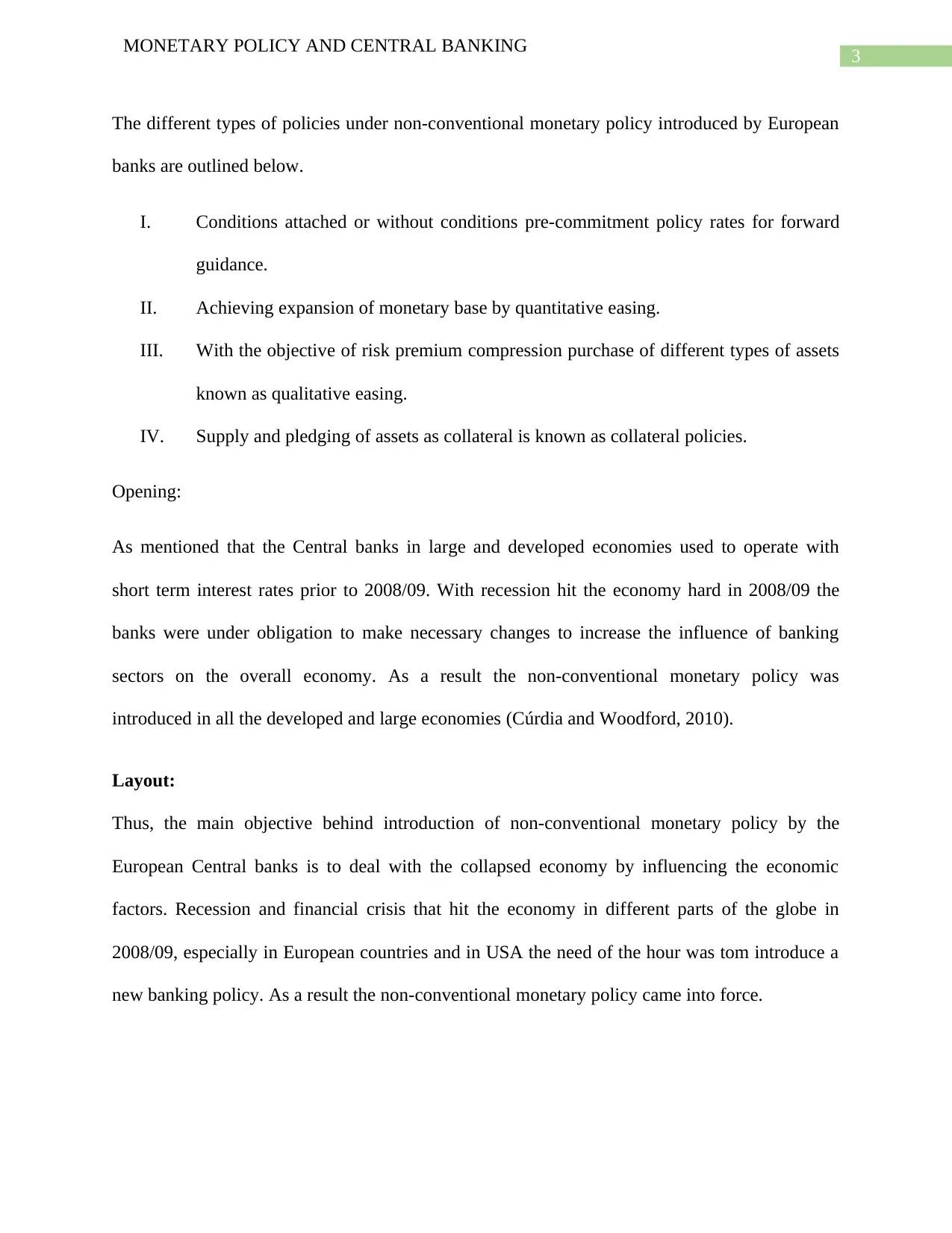
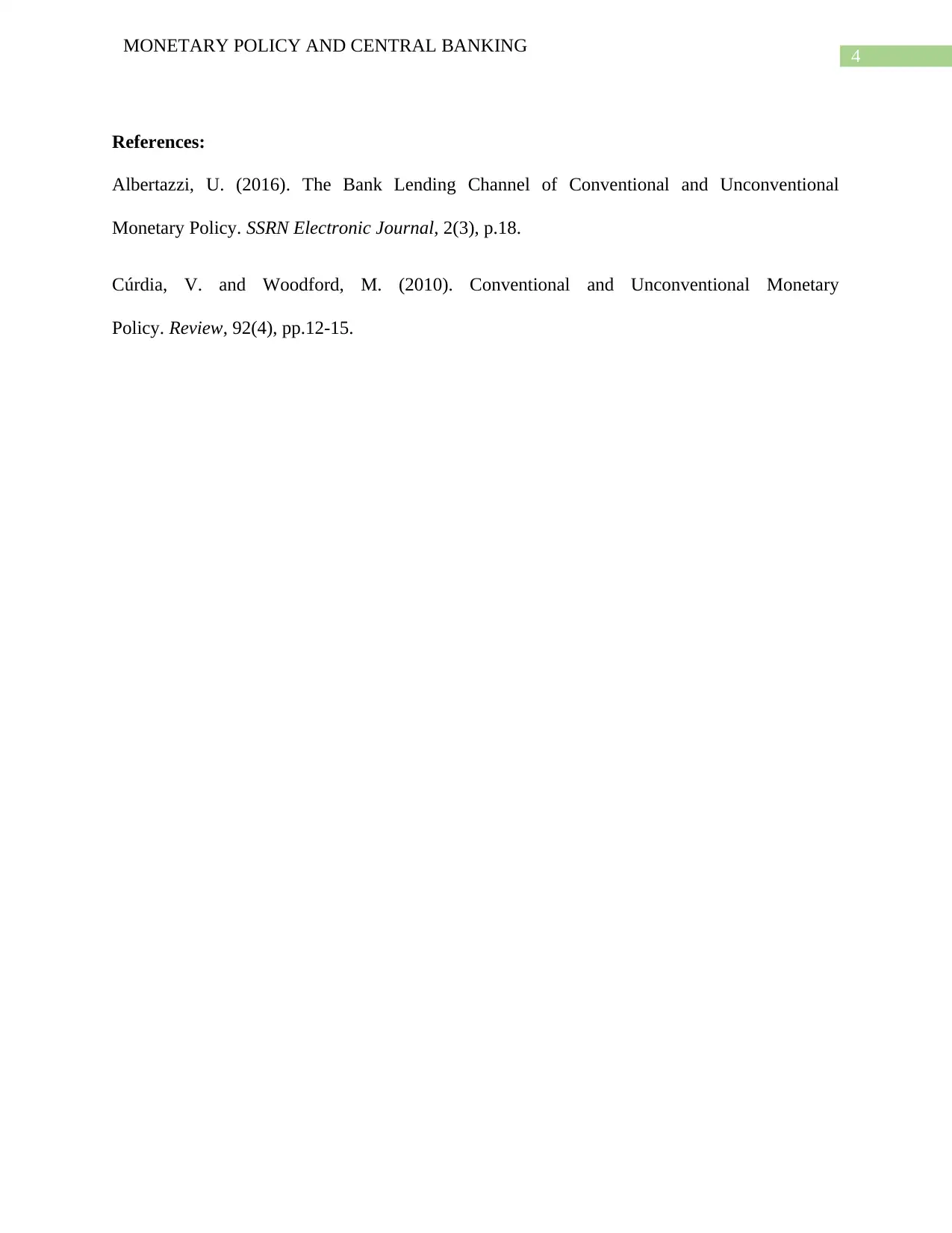





![[object Object]](/_next/static/media/star-bottom.7253800d.svg)